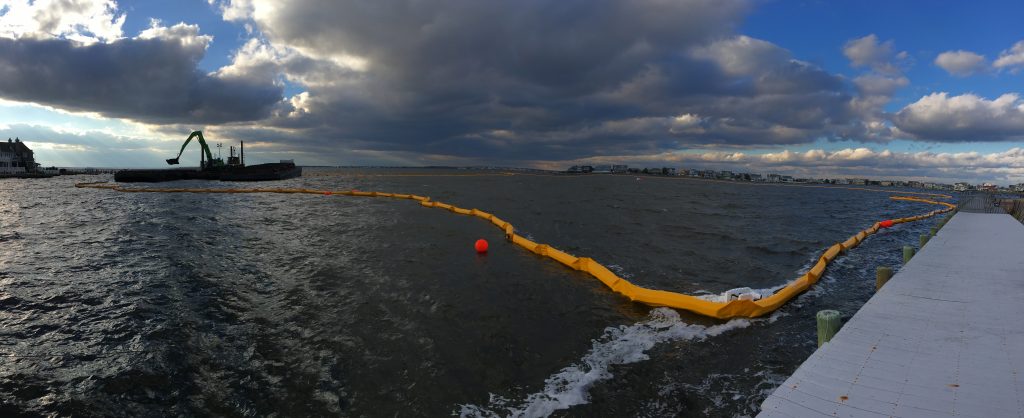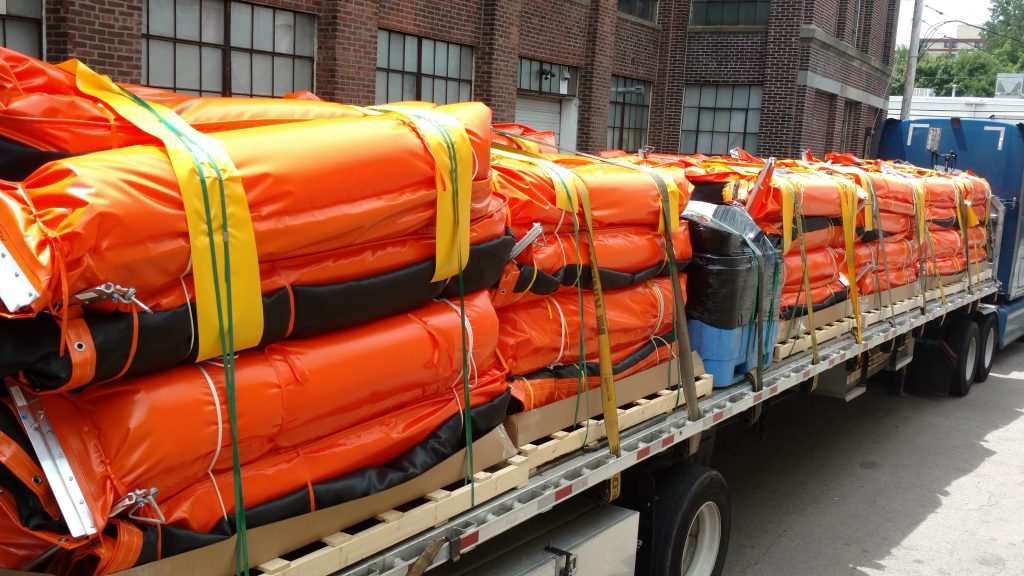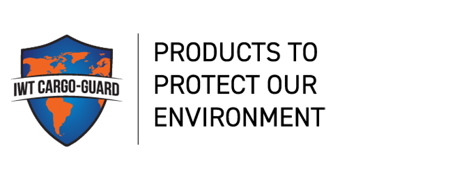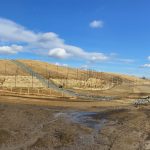Type 2 Turbidity Curtain: Is It The Right Choice For Your Project?
There are many factors to consider when choosing the right type of turbidity curtain for your construction, environmental, or civil engineering project. Thankfully, IWT Cargo-Guard is here to help you choose the right one. Let’s take a closer look at Type 2 turbidity curtains to see if they’re the right choice for your project.
What is a Type 2 Turbidity Curtain and How Does it Work?
A Type 2 turbidity curtain is an effective tool used to contain silt, sediment, and other materials during a water-based construction or demolition project. This type of curtain is composed of floating sections enclosed in permeable reinforced PVC fabric that is heat-sealed to be watertight. They are typically connected with universal slide connectors and are joined together to other curtain sections with lacing grommets. A tension cable is installed along the top of the flotation device while a skirt manufactured to the required depth is installed below. A galvanized steel ballast chain enclosed in a PVC pocket is installed along the bottom as well. All of these parts work together to effectively control silt and sediment on job sites.
The Benefits of Using Type 2 Turbidity Curtains
The Type 2 turbidity curtain is an invaluable tool for water quality control. This type of curtain creates ideal visibility conditions in bodies of water including river ports and marine construction sites, making it easier to monitor activity. It also contains sediment stirred up by boats, divers, construction activities, and dredging, ensuring these areas stay clean and clear. Let’s examine a few other benefits of using Type 2 turbidity barriers:
- Effective Containment: A Type 2 turbidity curtain is highly effective at containing sediment and debris. Its design and construction allow it to withstand harsh weather conditions and strong currents, ensuring that sediment and debris remain contained within the construction site.
- Compliance with Regulations: Many construction projects require compliance with federal, state, and local regulations to protect aquatic ecosystems. Type 2 turbidity curtains are compliant with these regulations and are designed to protect aquatic habitats from harm.
- Versatility: Type 2 turbidity curtains can be used in a variety of water conditions, including still water, moving water, and tidal waters. This makes them a versatile solution for many construction projects.
- Cost-Effective: A Type 2 turbidity curtain is a cost-effective solution for containing sediment and debris. Its design and construction make it durable and long-lasting, reducing the need for frequent replacements.

Type 2 DOT Turbidity Curtains
A Type 2 DOT turbidity curtain is one that complies with the U.S. Department of Transportation and other regulatory requirements for silt control in calm to moderate water flow conditions. Similar to regular Type 2 curtains, the DOT variety is available in both permeable and impermeable options. This means that they can be used across a range of applications including shoreline restoration, remediation, marine work, and pile driving.
How to Choose the Right Type of Turbidity Curtain
Choosing the right type of turbidity curtain for your project is an important decision. Type 2 turbidity curtains are ideal for dredging or remediation projects in which there is a potential for environmental contamination beneath the surface due to sediment or pollutants. They offer superior strength and durability, as well as maximum UV protection, making them the perfect choice for any project involving water pollution prevention in locations with wind, waves, current, and tidal changes. With that in mind, if you’re working in areas with calmer waters like ponds or lakes, you might want to consider choosing an economy grade or type 1 turbidity curtain. Above all, when choosing a type of turbidity curtain for your project, it is important to consider the specific needs of your site and the conditions of your local waters. Here are a few other factors to consider when choosing the right type of turbidity curtain:
- Water Conditions: Consider the water conditions where your project is taking place. Is the water still or moving? Are there strong currents or tidal waters? This will determine the type of turbidity curtain you need.
- Material: The material of the turbidity curtain is important. Reinforced and coated PVC or nylon are the most common materials used to manufacture the barriers. However, some situations might require a stronger and more chemically resistant fabric like XR-5 to be used. It is important to consider the durability and longevity of the material when making your choice.
- Length: The length of the turbidity curtain is also a factor to consider. Standard section lengths are manufactured to 50 feet to 100 feet. However custom length sections can be manufactured to specific project parameters.
- Skirt Depth: The skirt depth of the turbidity curtain is important for containing sediment and debris. The depth of the skirt will be determined by the depth of the body of water in which it will be used. Typically the skirt will need to extend down to about a foot above the floor in order for the turbidity curtain to work effectively.

For Type 2 Turbidity Curtains, Choose IWT Cargo-Guard
At IWT Cargo-Guard, we offer high-quality products at competitive prices in order to get the job done while protecting our environment. Our team of experts can help you select the right turbidity barrier for your project. To learn more about our sediment control products and how we can help you protect your investment, reach out to IWT Cargo-Guard today.





